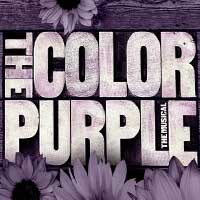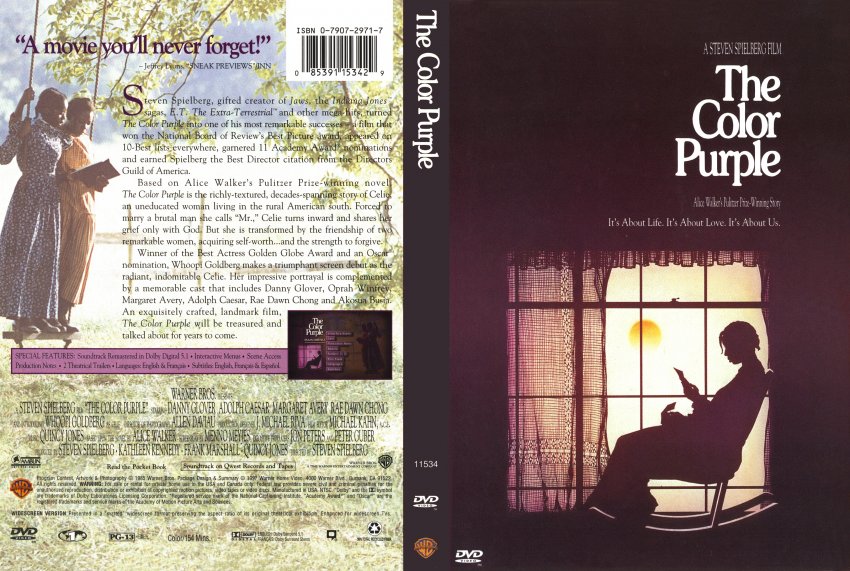

However, even though most of the dialectal features have been omitted in the subtitles, translation loss can be partially compensated through other channels. The results of the research confirm our hypotheses: the translation of the book manages to preserve the dialectal flavour much better than the subtitles. Twenty three extracts from the source text which are also present in the movie have been chosen in order to compare how they were translated and subtitled into Croatian. The methods used in this study are comparative and qualitative. Thus, we hypothesize that, compared to the subtitles, the translation of the dialectal specificities will be more successful in the book. In addition, subtitles are usually shorter and more concise than the source text due to spatial and temporal constraints. According to Dias Cintas and Remael (2007), dialectal grammar is almost always standardized in subtitles.

We analyse and compare how African American English in Alice Walker's The Color Purple was translated into Croatian in the book Boja purpurna and the movie Boja purpura. This study aims to explore how literary translators and subtitlers deal with this challenge. One such example is Alice Walker’s usage of dialectal language in The Color Purple, in which the main character speaks African American English.Īs dialects are associated with either a specific geographical region or a social class, they pose a challenge to translators. Dialect is frequently used in fiction in order to enhance characterization and setting.


 0 kommentar(er)
0 kommentar(er)
